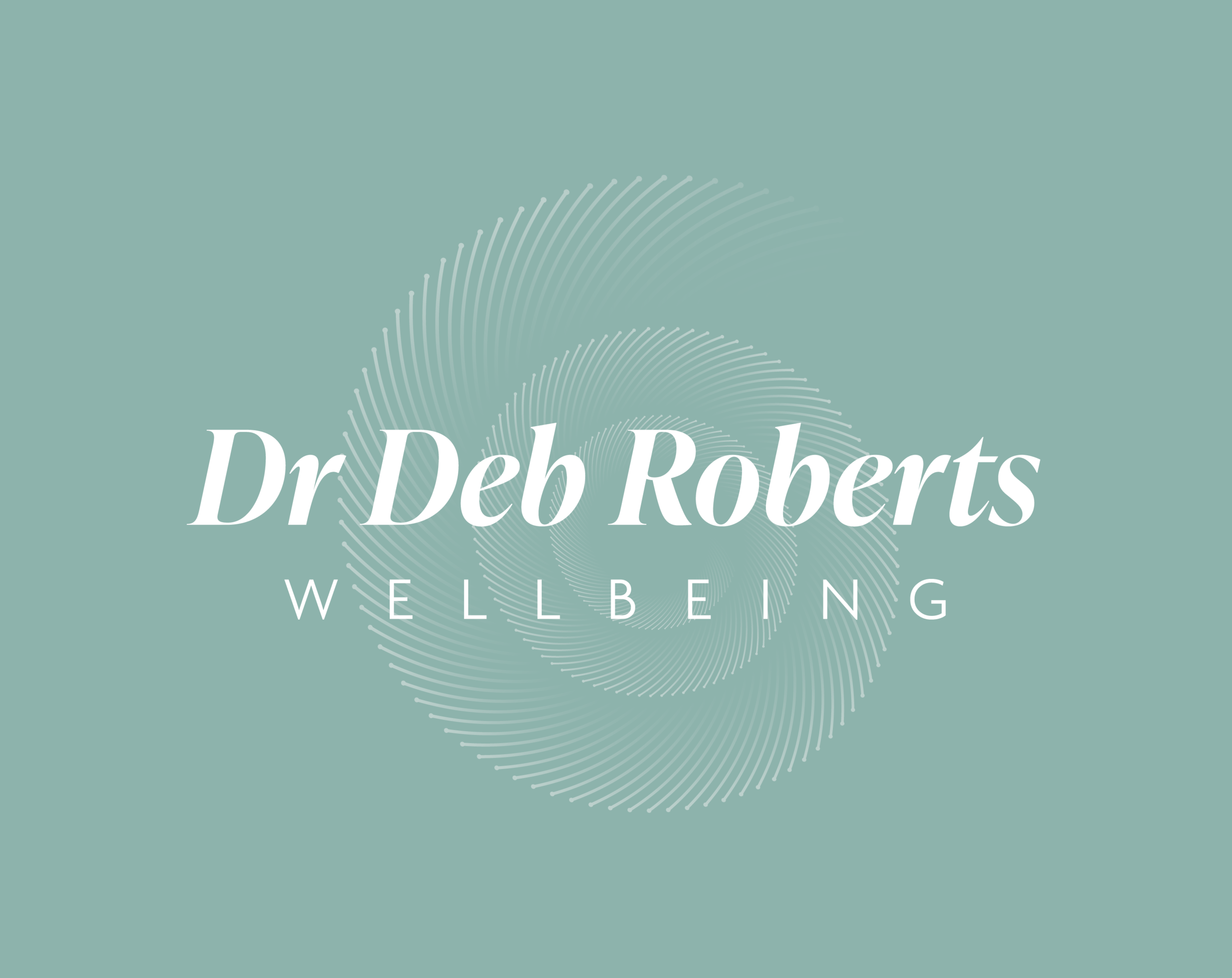The yogi who can’t relax
I was born into a culture of ‘doers’ and ‘busyness’.
There wasn’t much ‘downtime’ or at least I recall feeling pressure in any ‘downtime’ to be doing something more.
I never really learned how to relax, and often felt unsafe and untrusting of my environment.
Like many, I yearned for unconditional love and affection and when it wasn’t received in a way that served me I worked hard to get it winning honour awards, attaining degrees, getting jobs, or any accomplishment that I felt would somehow make me more worthy of attention.
I can vividly remember trying to achieve and prove myself even when doing things like making chocolate-chip cookies and in the process, losing all of the joy and art of a child creating and exploring. It just felt like another pressure to achieve.
Little did I know that my approach was setting me on a challenging path where I was often anxious and I would constantly ache for a sense of true satisfaction.
Then in my early 20’s, I broke my back and started yoga as part of my recuperation.
When I first started yoga, I’d want to walk out of the class early, when it was time to do the relaxation pose at the end. Corpse pose (Savasana in Sanskrit) involves resting for 5-15 minutes.
In yoga, this pose is used to facilitate the integration of body, mind and spirit, and to ‘be’ in the practice and in the moment, honouring every thought and feeling that arises. It is also a meditative pause before reentering the busyness of daily life.
Back then I perceived Savasana as a very difficult pose – it was a time I could otherwise be DOING or accomplishing something that I perceived would better reward me.
I can now see I felt uncomfortable sitting with my own thoughts and feelings. Little did I understand how rest, reflection and relaxation are crucial and essential components of healing and living a fulfilling life.
Twenty years on I am a mother of three, I am a yoga teacher, I have a PhD in public health and I am dedicated to a daily mental and physical health practice.
Despite my personal evolution, there are many days when my practice feels too challenging to do. Old wounds overwhelm me with anxiety and depression.
So, every day I must work to re-commit creating distance from the critical voice in my head and to remind others I teach of the same.
To welcome the challenging feelings, and to observe them, their message and then to let them pass.
It is with some irony that I’ve found that by putting less pressure on myself in meditation and other activities, I’m able to move closer toward the satisfaction that I’ve so “busily” chased.
In my meditation, I work to honour all of my feelings, good bad, past, present and to take the time to really listen to my myself through sensations and feelings. It is in these meditations that I start to feel my body letting let go of daily tensions, and even deeper older tensions – like not making the perfect cookies!
Needless to say, if I am truly honest, I don’t get to this place regularly and despite decades of practice I often feel like a yogi who can’t relax!
However, despite my challenges, yoga and meditation have brought me greater relaxation and comfort than has any other approach, medicinal or physical. And I encourage everyone who’s inner critic keeps them from optimal health to try a daily yoga and meditation practice or another ritual that makes sense to them for a dedicated time. Even just one week –you just might see a shift. There are so many online options and community courses today, like Mindful in May which starts this week, to help you get started.
Let me know how you go!
Until next time, Namaste.
Deb.
Postscript: I wrote this before taking a brave step and returning to a holistic residential clinic in Byron that I’ve written about previously (Anxiety – my addiction). This time, the practice of yoga and meditation was especially challenging and the weight of my past was heavy with me.
What I did gain from the experience is that each time I visit the mat, or practice meditation, it is a new opportunity to come back to the immediate present. To reset physiologically with our breath and to allow our mind to do what it naturally does (think) without so much attachment.
I was also reminded that there is no ‘one’ right way or ‘one’ path and no ‘one’ technique or practice that is the cure all.
This is both motivating but it is frustrating for the part of me that yearns for a solution. For now, my intention is to keep moving, with times of rest and relaxation and being with the present even in the discomfort.
My hope is for everyone to experience the freedom and relaxation to be found in those practices and moments, however fleetingly (or continuous) they might be.

